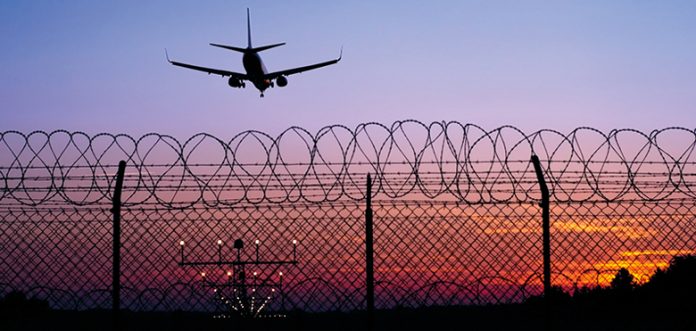In a recent data released, the International Air Transport Association (IATA) has stated that Africa suffered a 93% decline in connectivity. According to IATA Connectivity Index measure, Ethiopia managed to buck the trend. During the first peak of the pandemic in April 2020, Ethiopia maintained connections with 88 international destinations. Many aviation markets reliant on tourism, such as Egypt, South Africa and Morocco, were particularly severely impacted.
In the data released, IATA also revealed that the COVID-19 crisis has had a devastating impact on international connectivity, shaking up the rankings of the world’s most connected cities.
London which was the world’s number one most connected city in September 2019, has seen a 67% decline in connectivity. By September 2020, it had fallen to number eight.
Shanghai is now the top ranked city for connectivity with the top four most connected cities all in China—Shanghai, Beijing, Guangzhou and Chengdu. The study also revealed that cities with large numbers of domestic connections now dominate, showing the extent to which international connectivity has been shut down.
IATA’s air connectivity index measures how well connected a country’s cities are to other cities around the world, which is critical for trade, tourism, investment and other economic flows. It is a composite measure reflecting the number of seats flown to the destinations served from a country’s major airports and the economic importance of those destinations.
“The dramatic shift in the connectivity rankings demonstrates the scale at which the world’s connectivity has been re-ordered over the last months. But the important point is that rankings did not shift because of any improvement in connectivity. That declined overall in all markets. The rankings shifted because the scale of the decline was greater for some cities than others. There are no winners, just some players that suffered fewer injuries. In a short period of time we have undone a century of progress in bringing people together and connecting markets. The message we must take from this study is the urgent need to re-build the global air transport network,” said Sebastian Mikosz, IATA’s Senior Vice President for Member External Relations.
Prior to the COVID-19 pandemic, the growth in air connectivity was a global success story. Over the last two decades the number of cities directly linked by air (city-pair connections) more than doubled while over the same period, air travel costs fell by around half.
The top-ten most connected countries in the world mostly saw significant increases over the 2014-2019 period. The United States remained the most connected country, with growth of 26%. China, in second place, grew connectivity by 62%. Other standout performers in the top ten included fourth-place India (+89%) and ninth-place Thailand (+62%).
IATA’s 76th Annual General Meeting called on governments to safely re-open borders using testing. “The systematic testing of travelers is the immediate solution to rebuilding the connectivity that we have lost. The technology exists. The guidelines for implementation have been developed. Now we need to implement, before the damage to the global air transport network becomes irreparable,” said Mikosz.
Air transport is a major engine of the global economy. In normal times some 88 million jobs and $3.5 trillion in GDP is supported by aviation. More than half of this employment and economic value is at risk from the collapse in global air travel demand. “Governments must realize that there are major consequences for peoples’ lives and livelihoods. At least 46 million jobs supported by air transport are in peril. And the strength of the economic recovery from COVID-19 will be severely compromised without the support of a functioning air transport network,” said Mikosz.













